Jake Knapp is grieving the death of his girlfriend of two years, Makena White, describing her as selfless toward others and filled with energy.
Golfing News & Blog Articles
Nick Faldo mocks U.S. Ryder Cup star for slow play live on TV
Friday's coverage of the 2025 Ryder Cup was full of European bias, from Paul McGinely's boosterism to Nick Faldo's slow-play critique.
The post Nick Faldo mocks U.S. Ryder Cup star for slow play live on TV appeared first on Golf.
Ryder Cup Apparel Every Golfer Needs
The Ryder Cup is finally upon us.
Whether you’re on site or viewing from home, what better way to do memorialize golf’s most exciting event than with some commemorative gear? We’ve rounded up some of the most stylish and sleek Ryder Cup 2025 gear every golfer and golf fan will want in their wardrobe.
Holderness & Bourne 2025 Ryder Cup Navy Cocktail Tour Visor
Keep the sun at bay with this visor that has the Ryder Cup trophy logo and year of the inaugural event embroidered on the front. Adjust the strap for a personalized fit and let the inner terrycloth sweatband absorb any moisture on your forehead to keep you feeling fresh all day.
Johnnie-O Ryder Cup Benjy Snap 1/4 Zip Pullover
Early autumn tee times call for an added layer of warmth. Slip on this texturized pullover and choose to either snap up the top and collar to keep the heat in or unsnap it if things start to get hot. The shirt is made from recycled polyester/Spandex material with the Ryder Cup logo on the left side of the chest.
Sugarloaf x Devereux Golf Coming Home Tee
U.S. fans can show their optimism by sporting this graphic cotton tee from the collaboration between Sugarloaf Social Club golf brand and Devereux Golf. Taking home the Cup is what it’s all about and this graphic tee is perfect reminder.

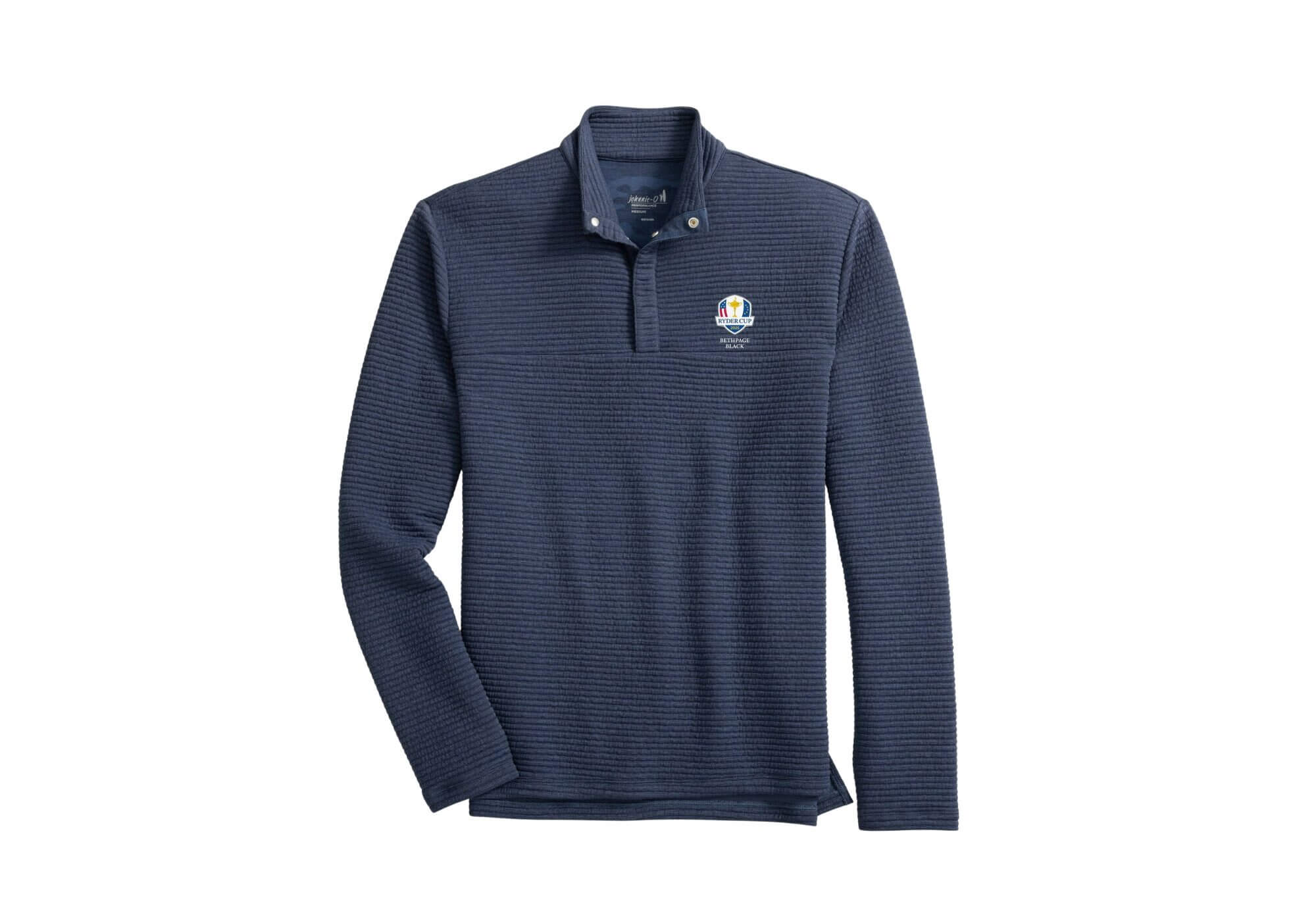


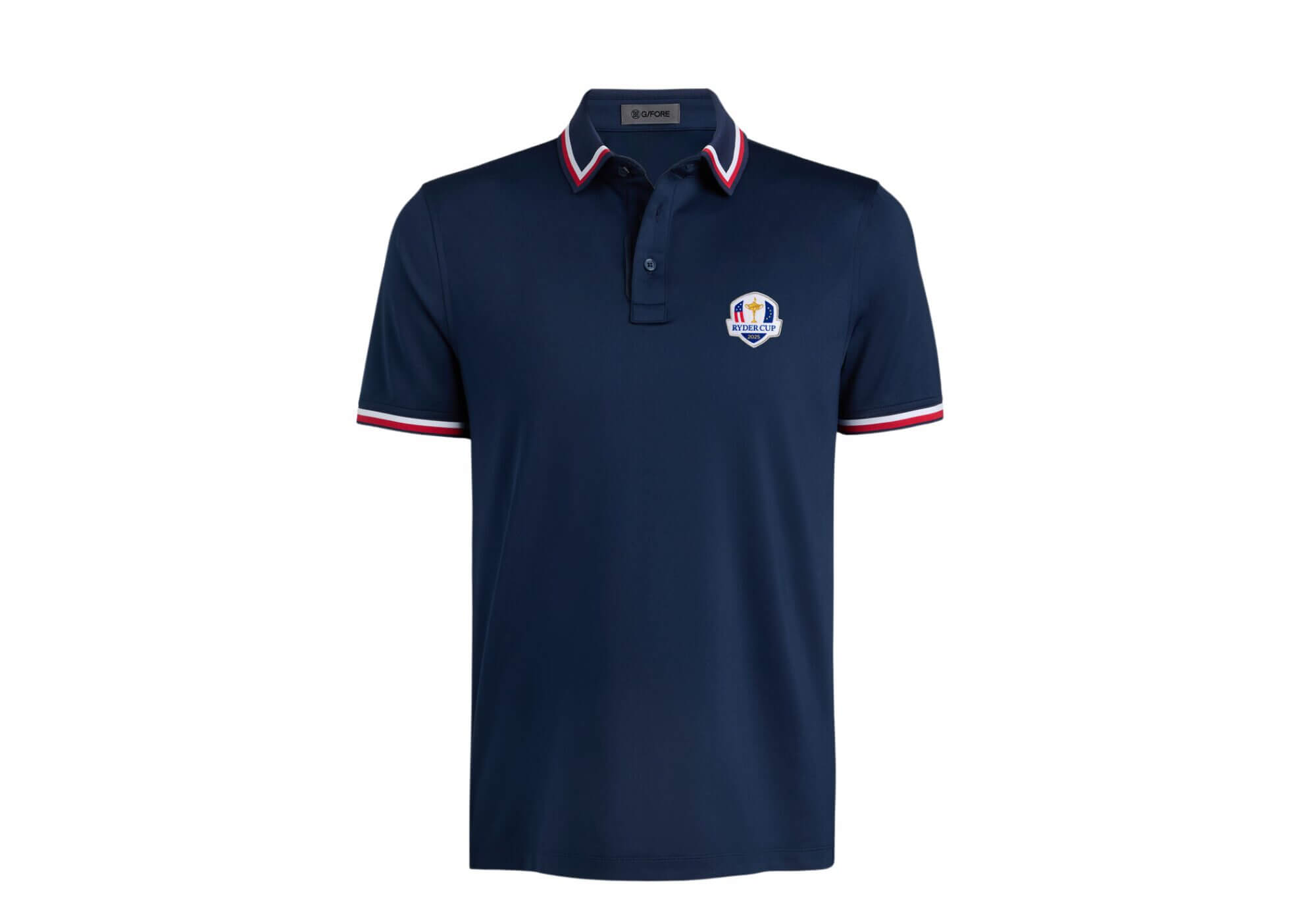
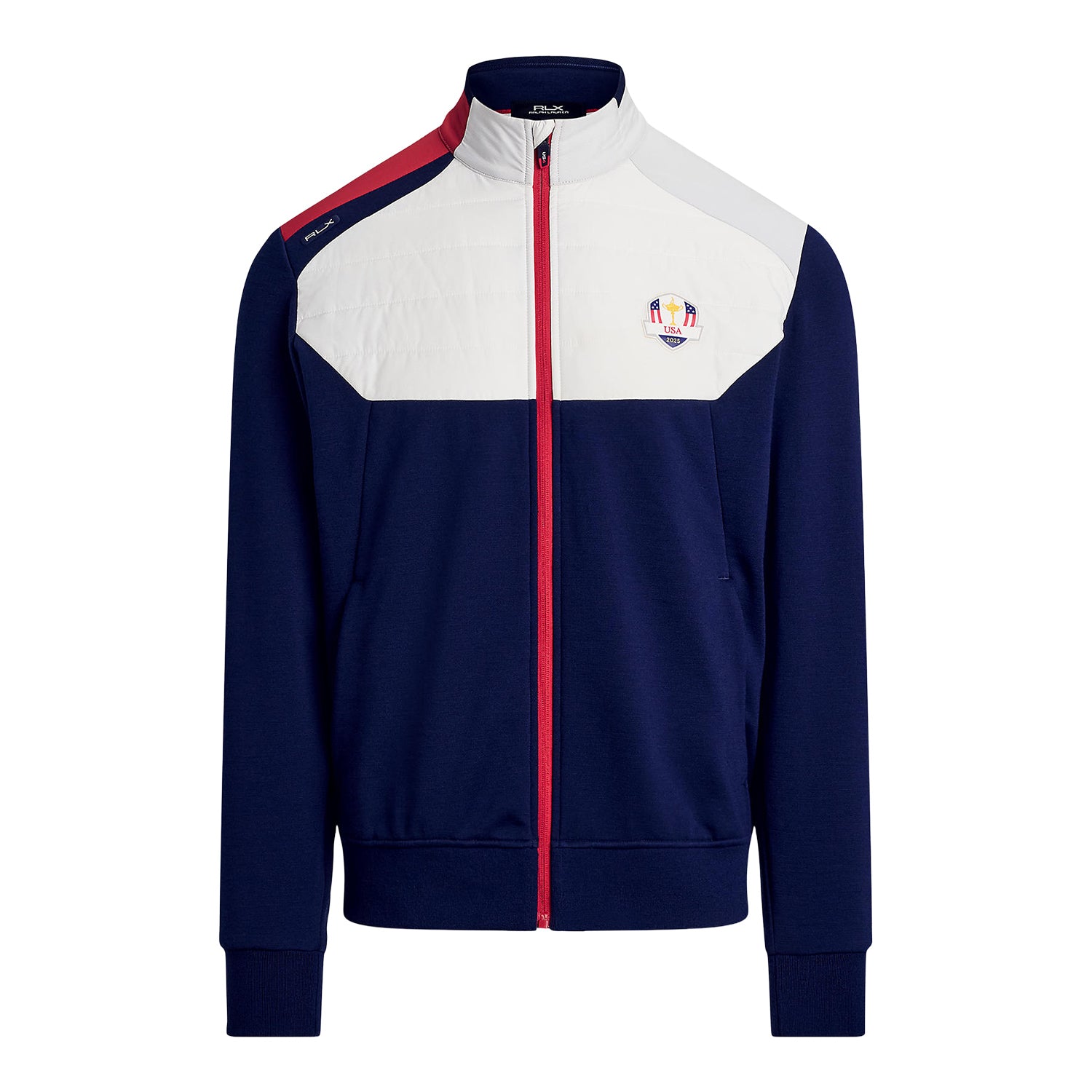
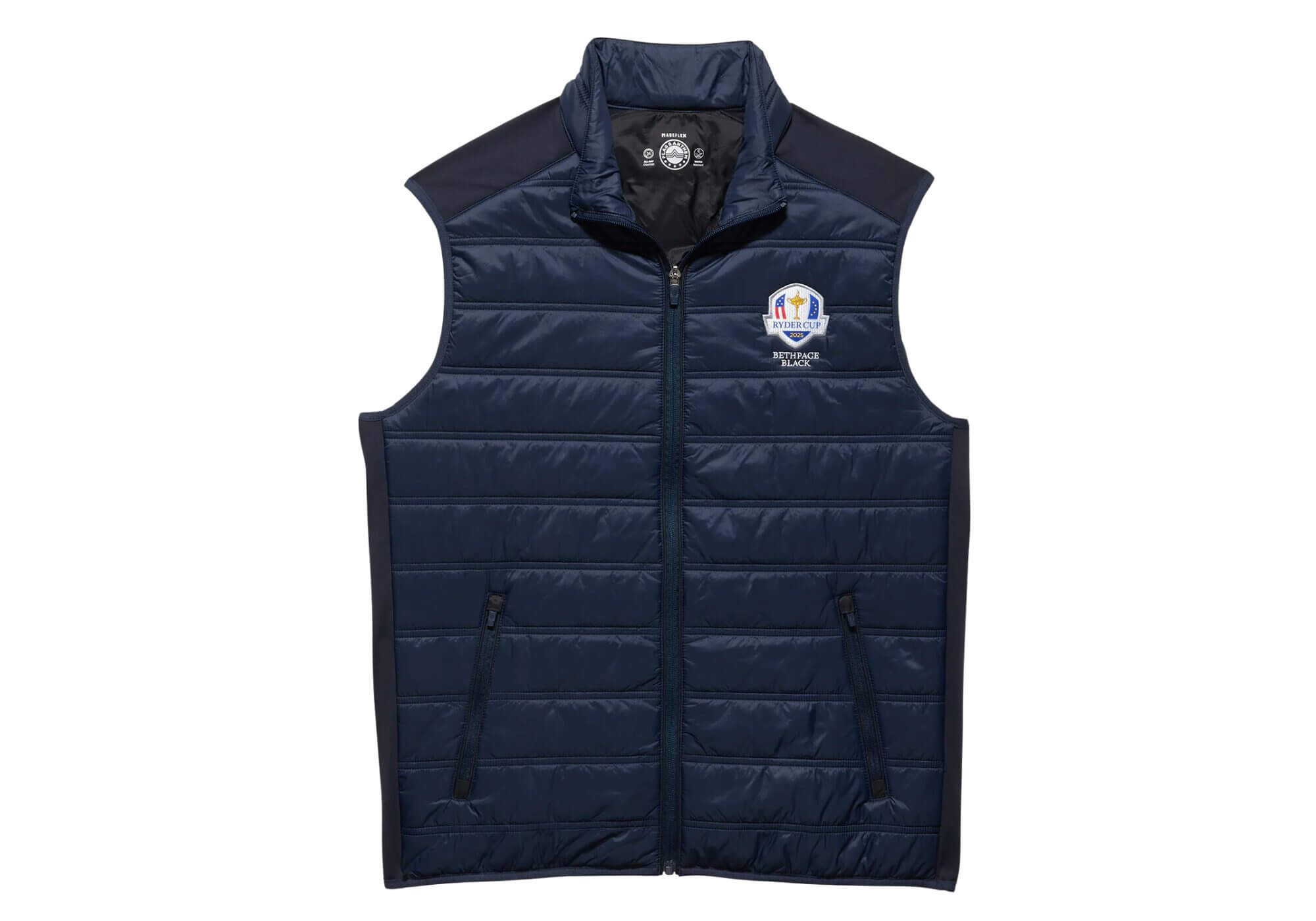
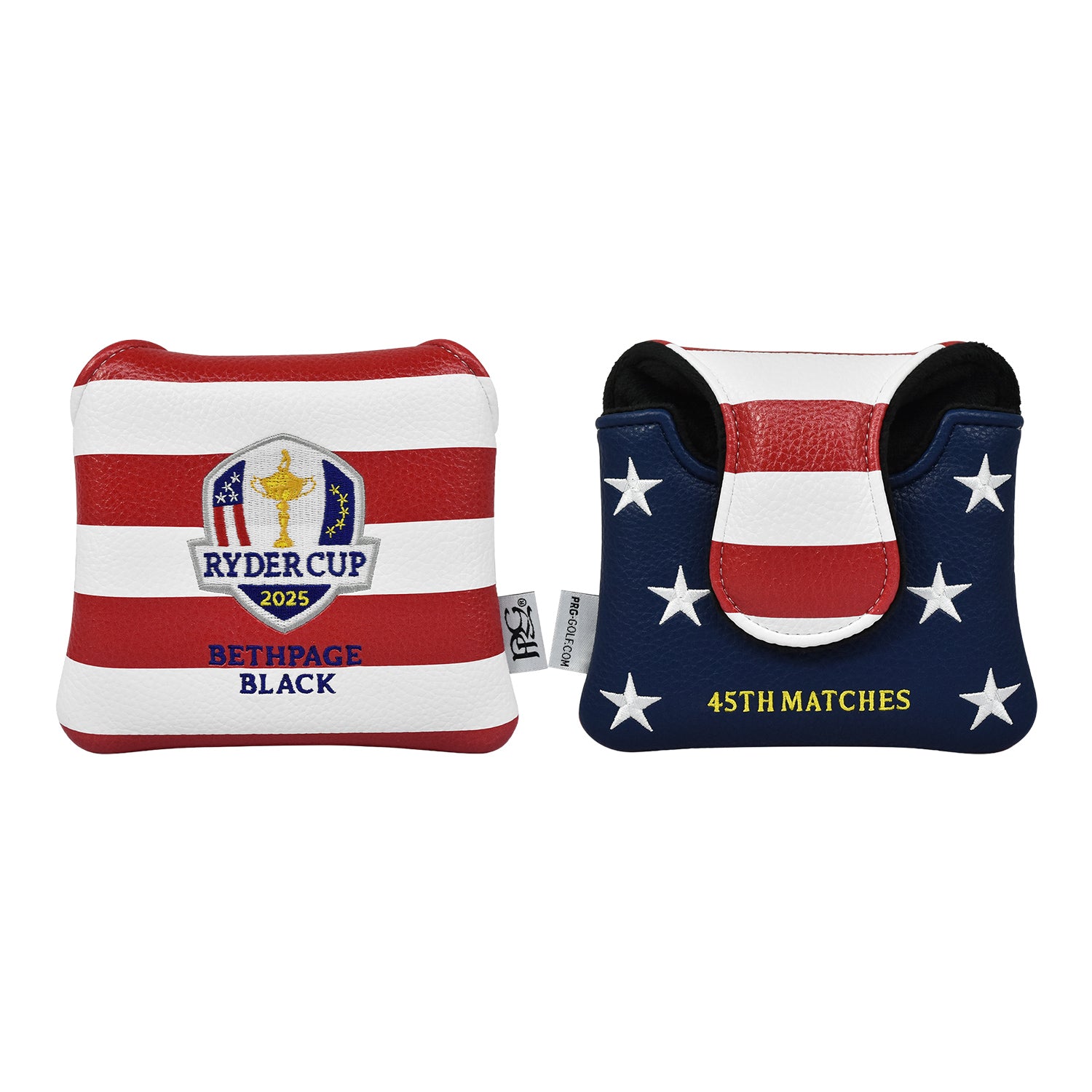
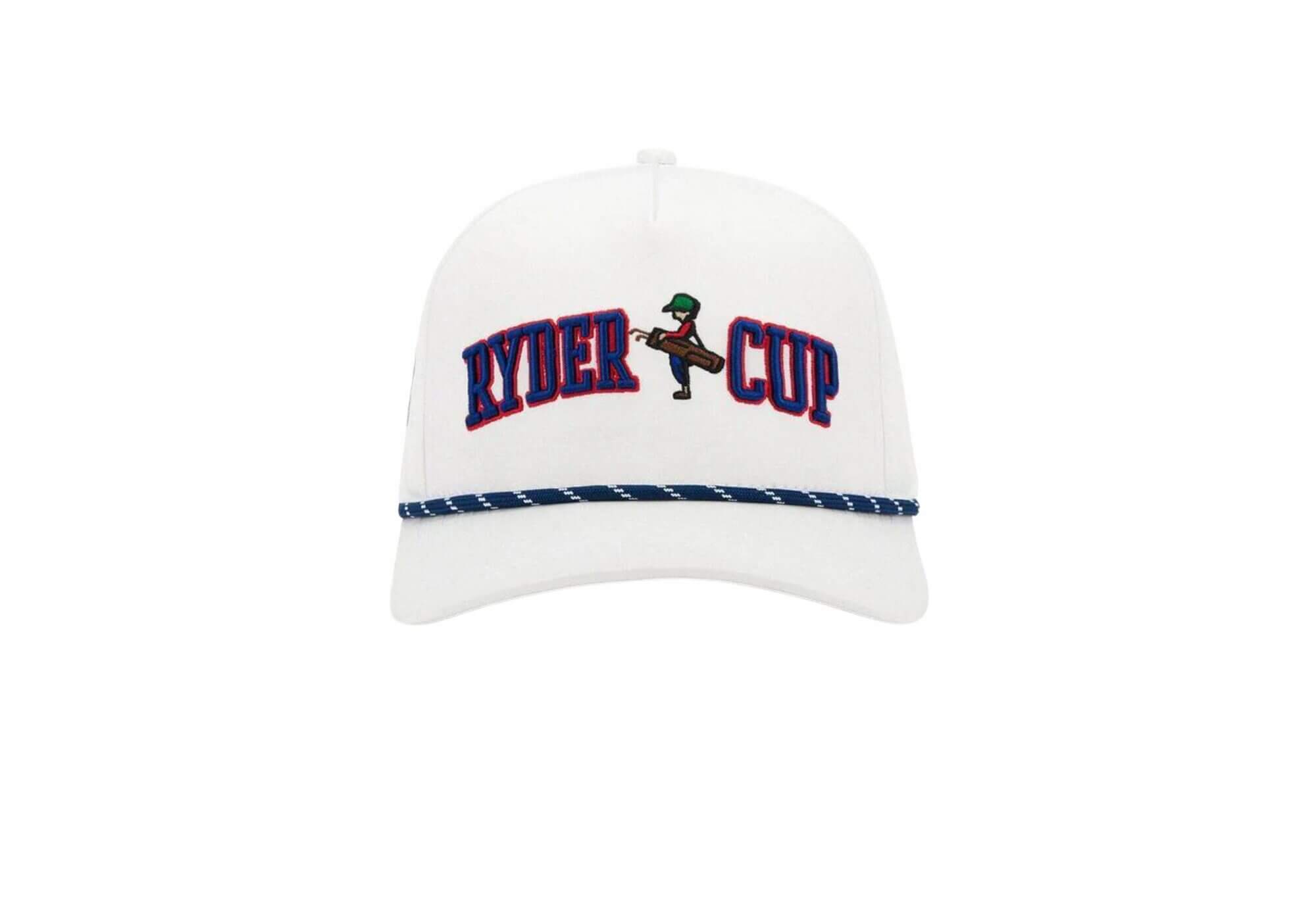

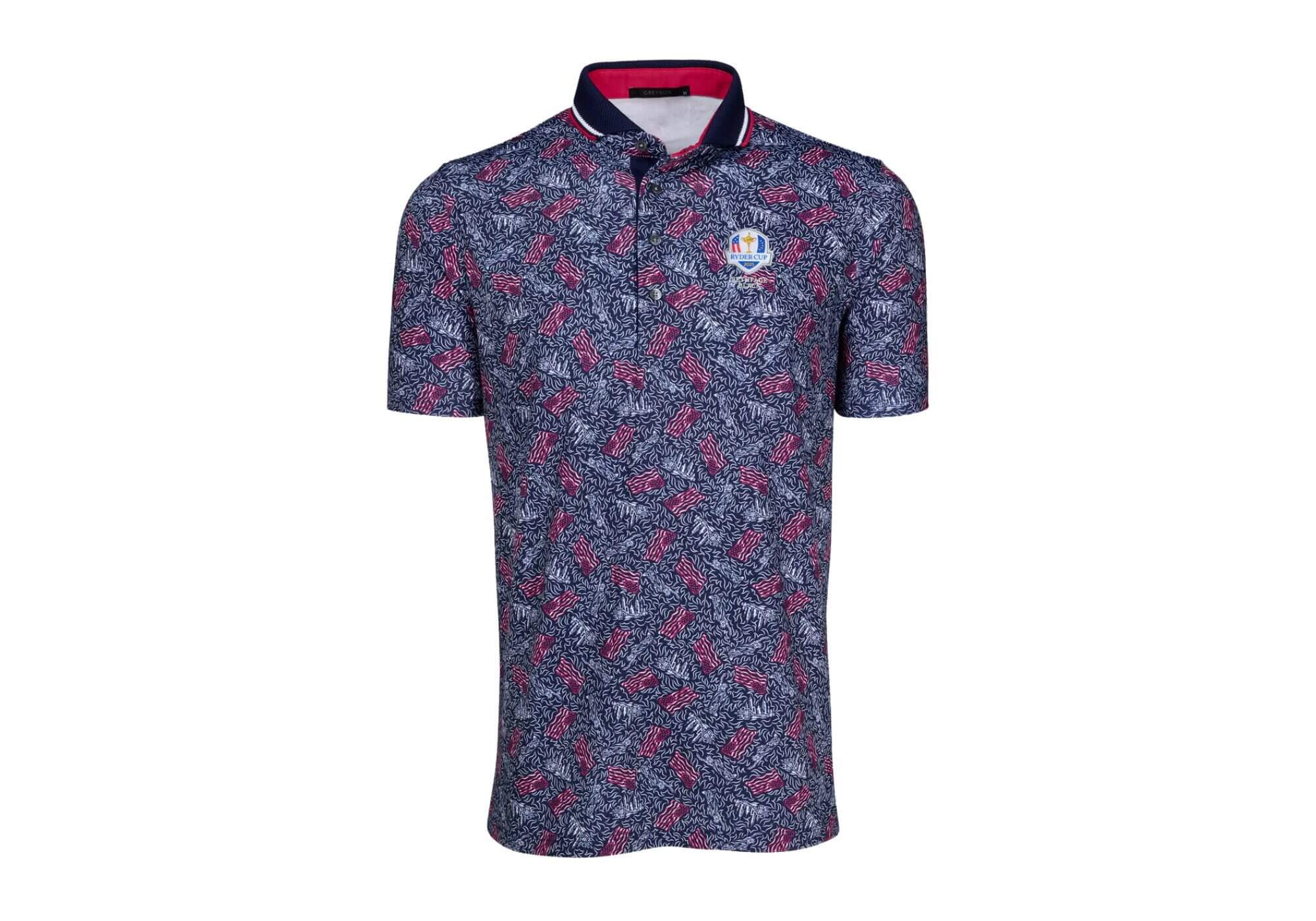

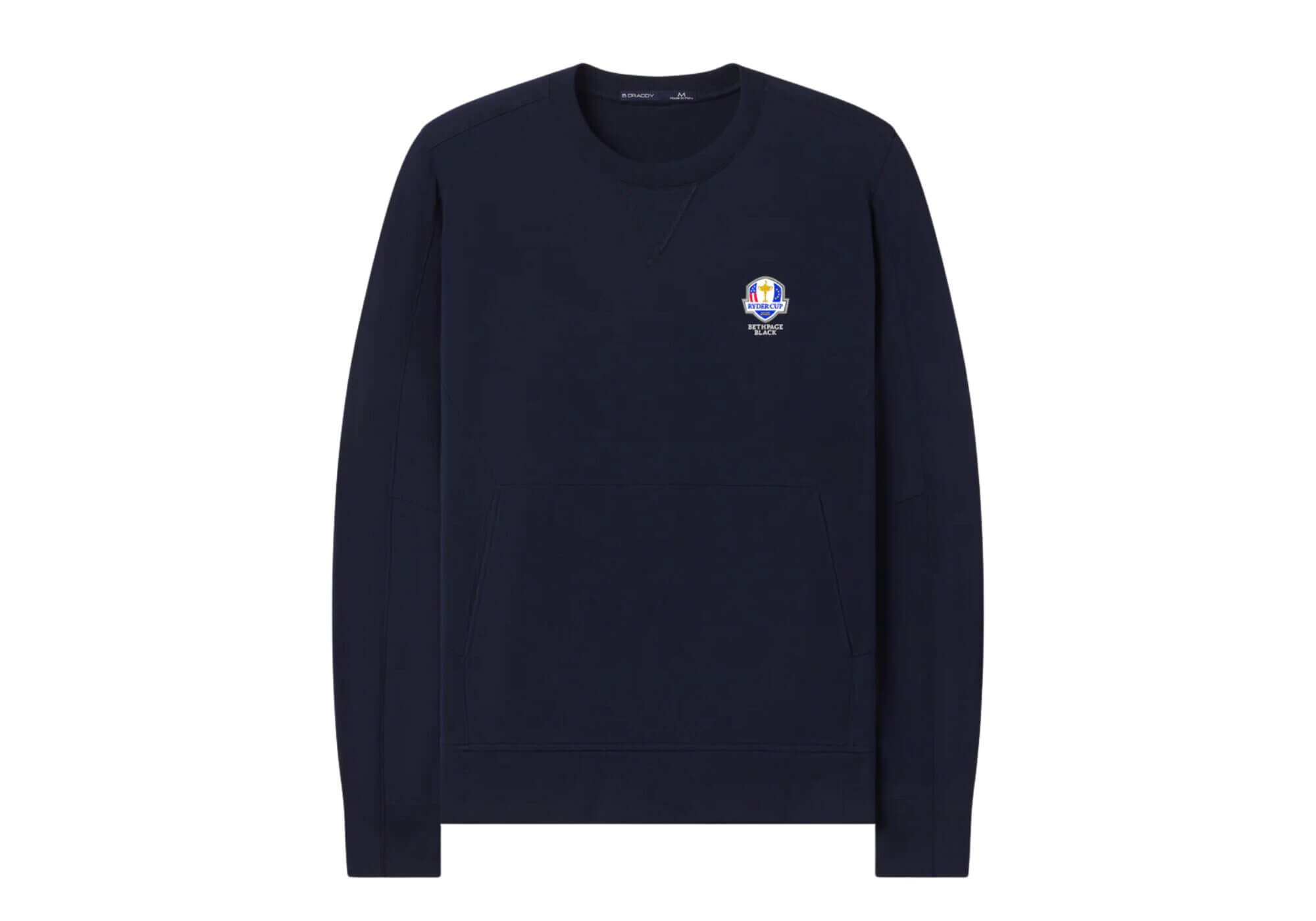
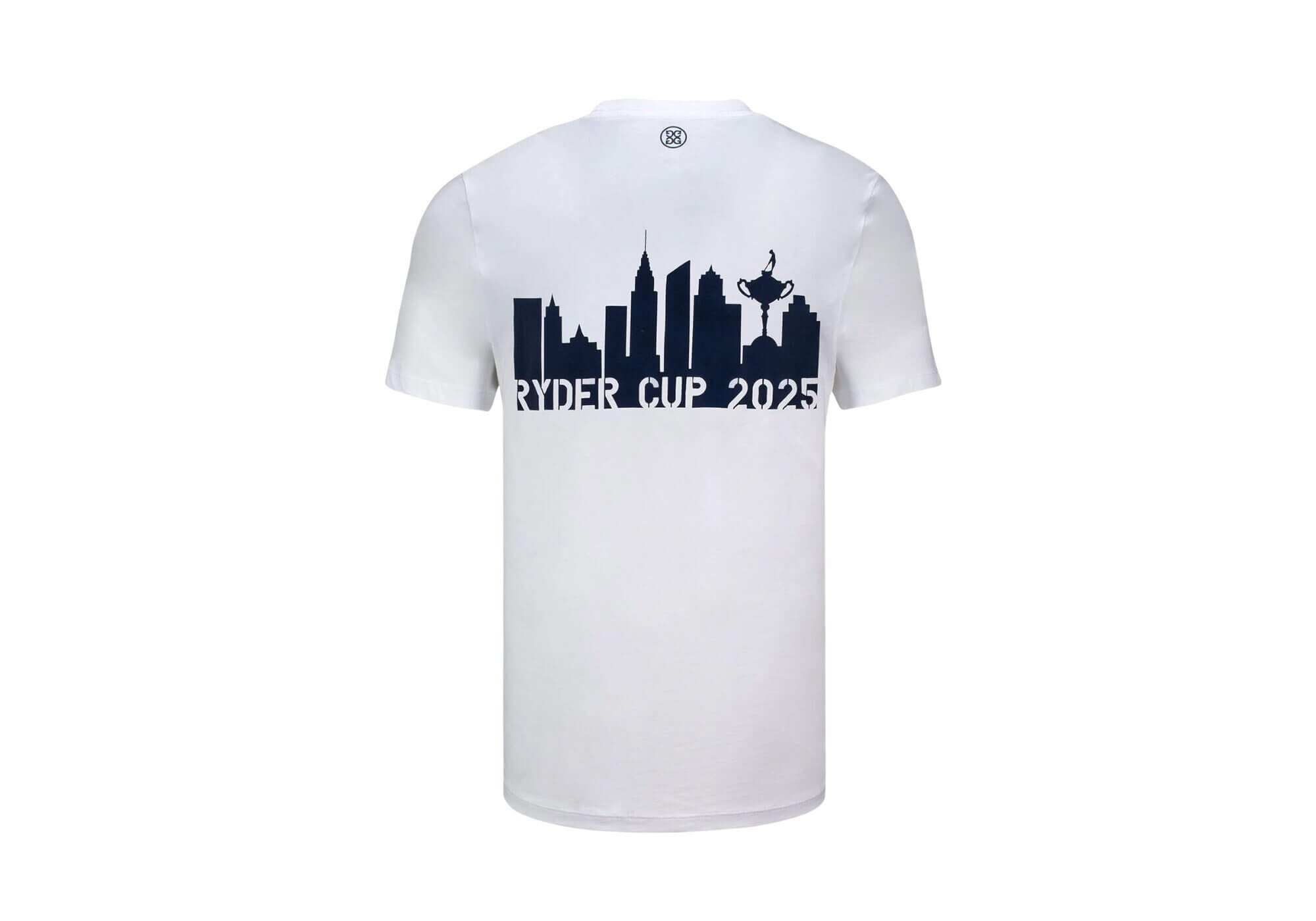
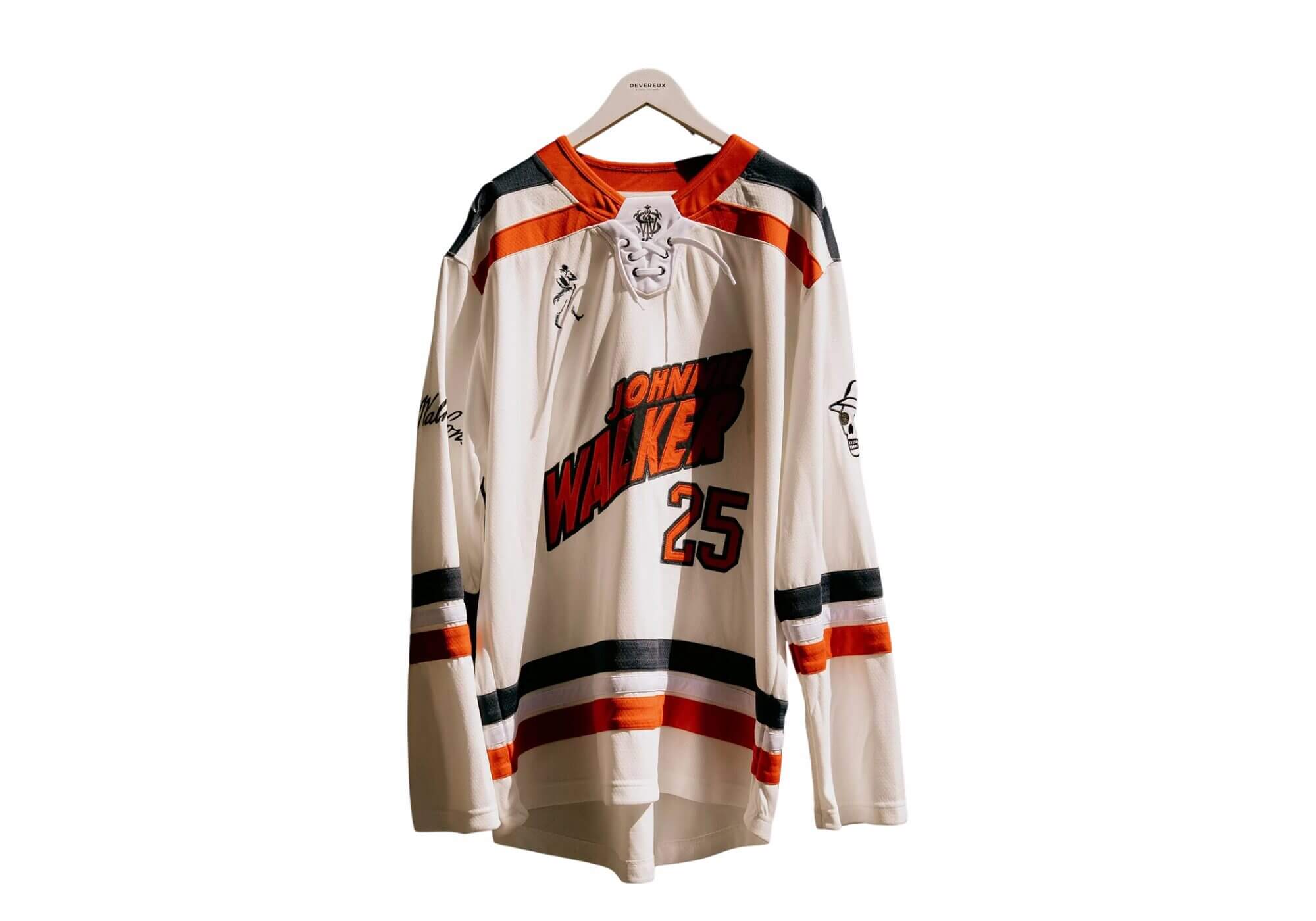
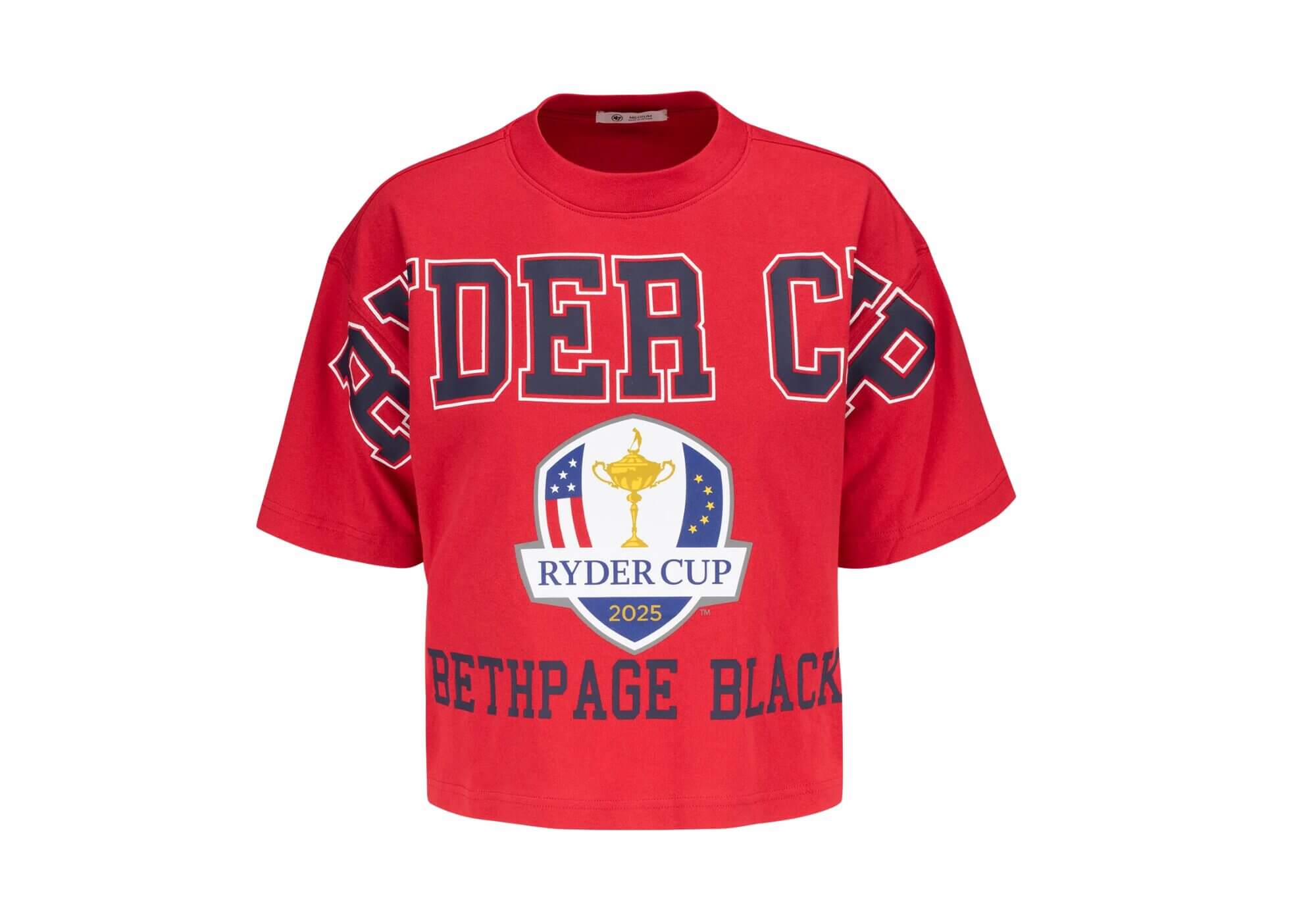

Bradley not worried about Scheffler, defends picks
U.S. captain Keegan Bradley defended his pairings and said he was not worried about Scottie Scheffler, who was winless in two matches Friday and will be in action again Saturday morning.
Europe quiets U.S., up 3 after Day 1 of Ryder Cup
Tommy Fleetwood, Rory McIlroy and Jon Rahm didn't lose a match in the first two sessions Friday, while Scottie Scheffler and Bryson DeChambeau failed to earn a point, allowing the Europeans to take a 5.5-2.5 lead on the U.S. at the Ryder Cup.
What happened on Day 1, and what it means for the rest of the Ryder Cup
Can Scottie Scheffler and Team USA turn things around? What can we expect from Saturday morning's matches. We breakdown the first day and look ahead to Day 2.
Callaway Goes Dark With Elyte Mini Driver Night Edition
The familiar script
By now, you more than likely know the drill but this might be the first time I could have written an entire post with a simple search-and-replace. Take the Elyte Night Edition driver story, swap out “Elyte X” for “mini driver,” update the specs and pricing and voilà! Somebody call Staples because that was easy.
The Night Edition mini driver features the same technology as its green-accented counterpart, including Callaway’s Ai 10x Face, a Thermoforged Carbon Crown and the compact 340cc head size that defines the mini driver category. The notable difference is that the Night Edition model is nearly all black. I should probably also tell you it costs 50 bucks more.
Did I mention it was all black?
The mini driver niche
The mini driver category has carved out a legitimate niche for golfers seeking more control off the tee. With head sizes typically ranging from 300 to 350cc (compared to the 460cc maximum for standard drivers), these clubs offer a middle ground between fairway woods and full-sized drivers.
For some golfers, it’s about dialing back distance in specific situations—tight driving holes where accuracy trumps length or courses where hitting it too far creates problems. For others, it’s simply about having something different in the bag, a club that provides more confidence when standing over demanding tee shots.
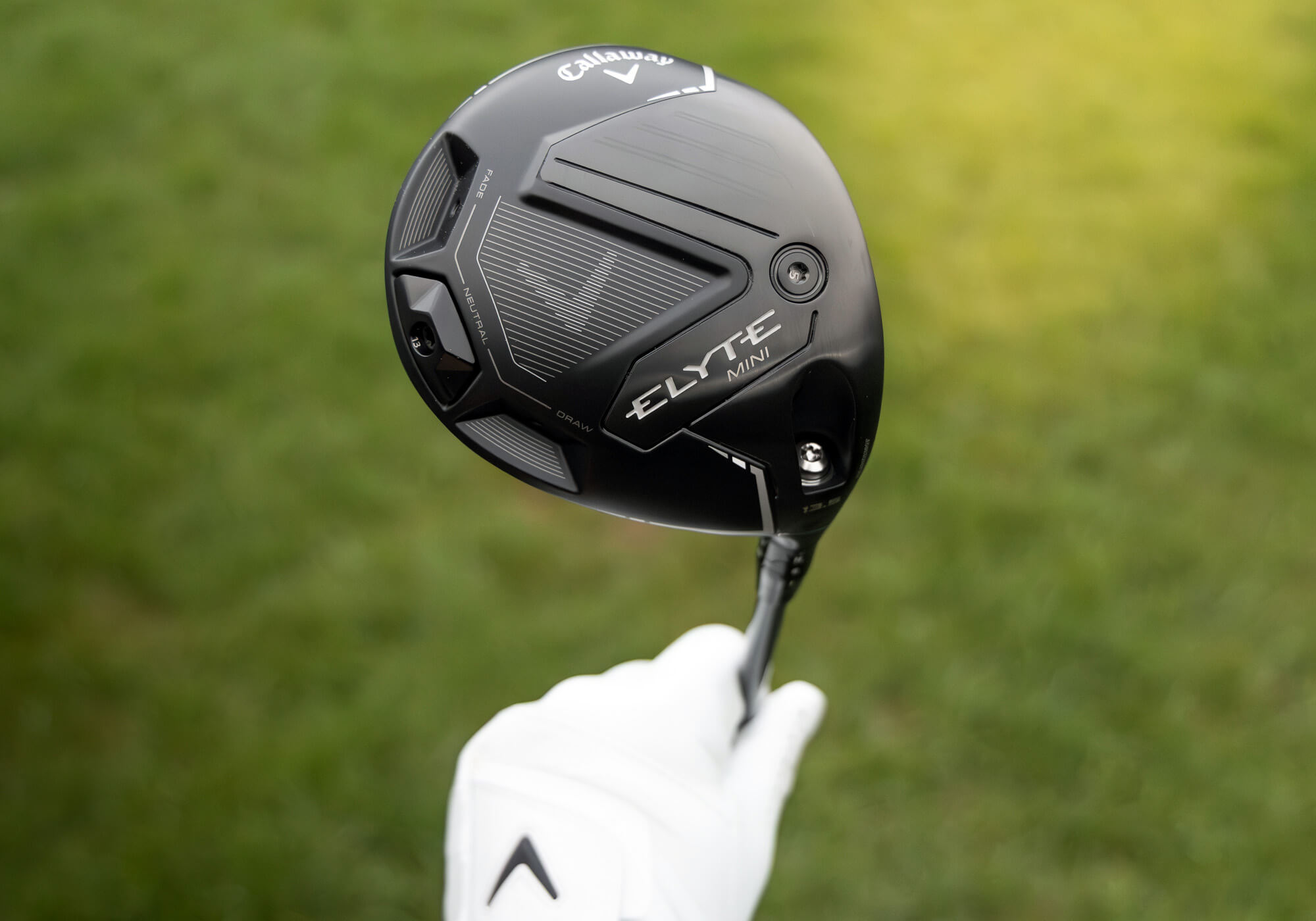

U.S. in big hole despite late point at Ryder Cup
Despite a point from Xander Schauffele and Patrick Cantlay in the final foursomes match Friday morning, the U.S. still trails Europe 3-1 entering Friday afternoon's four-ball matches at the Ryder Cup at Bethpage Black.
Ryder Cup 2025: Best moments from Day 1
Team USA looks to take the Ryder Cup back from Team Europe at Bethpage Black. We have the best moments from the first day of action.
What it costs to play every course at Bethpage State Park
The municipal courses at Bethpage State Park were conceived as "The People's Country Club." Now, as then, the prices reflect that.
The post What it costs to play every course at Bethpage State Park appeared first on Golf.
'Absolutely bonkers': Bryson DeChambeau nearly drives green in wild 1st tee scene at Ryder Cup
Bryson DeChambeau ignited the U.S. Ryder Cup fans on Friday at Bethpage Black with an epic drive amid a "bonkers" scene on the 1st tee.
The post ‘Absolutely bonkers’: Bryson DeChambeau nearly drives green in wild 1st tee scene at Ryder Cup appeared first on Golf.
Four-balls vs. foursomes: What's the difference in the Ryder Cup formats?
Confused about Ryder Cup formats? Learn the difference between four-ball and foursomes for the matches at Bethpage Black.
The post Four-balls vs. foursomes: What’s the difference in the Ryder Cup formats? appeared first on Golf.
Ryder Cup fan's Rory McIlroy 'choke' heckle earns praise from … Rory McIlroy
One U.S. Ryder Cup fan launched an epic "choke" heckle at Rory McIlroy on Thursday at Bethpage Black, earning praise from Rory himself.
The post Ryder Cup fan’s Rory McIlroy ‘choke’ heckle earns praise from … Rory McIlroy appeared first on Golf.
If You’re A Walker, We Think You’ll Love These Golf Shoes
I love it when boxes show up at my doorstep. The long, skinny brown boxes are the best, but the small rectangular ones can bring their own special kind of joy.
I was not, however, prepared for what happened when I opened the box from a new-ish golf shoe and lifestyle brand Heathlander.
These just might be my go-to shoes for the foreseeable future.
Heathlander: These shoes are made for walkin’ …
On the company website, Heathlander sums up my philosophy on life quite nicely.
Any day you’re playing golf is a good day.
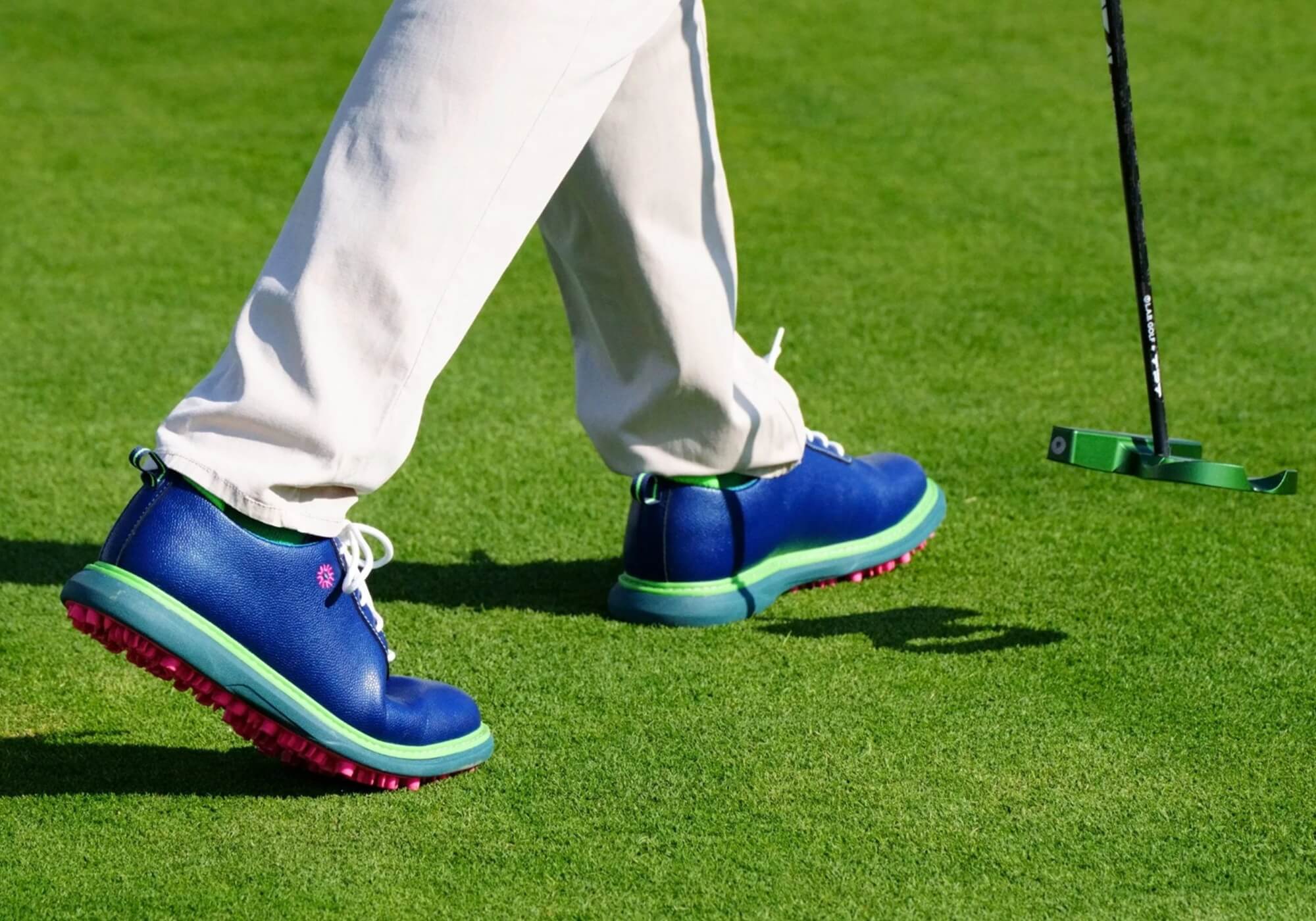
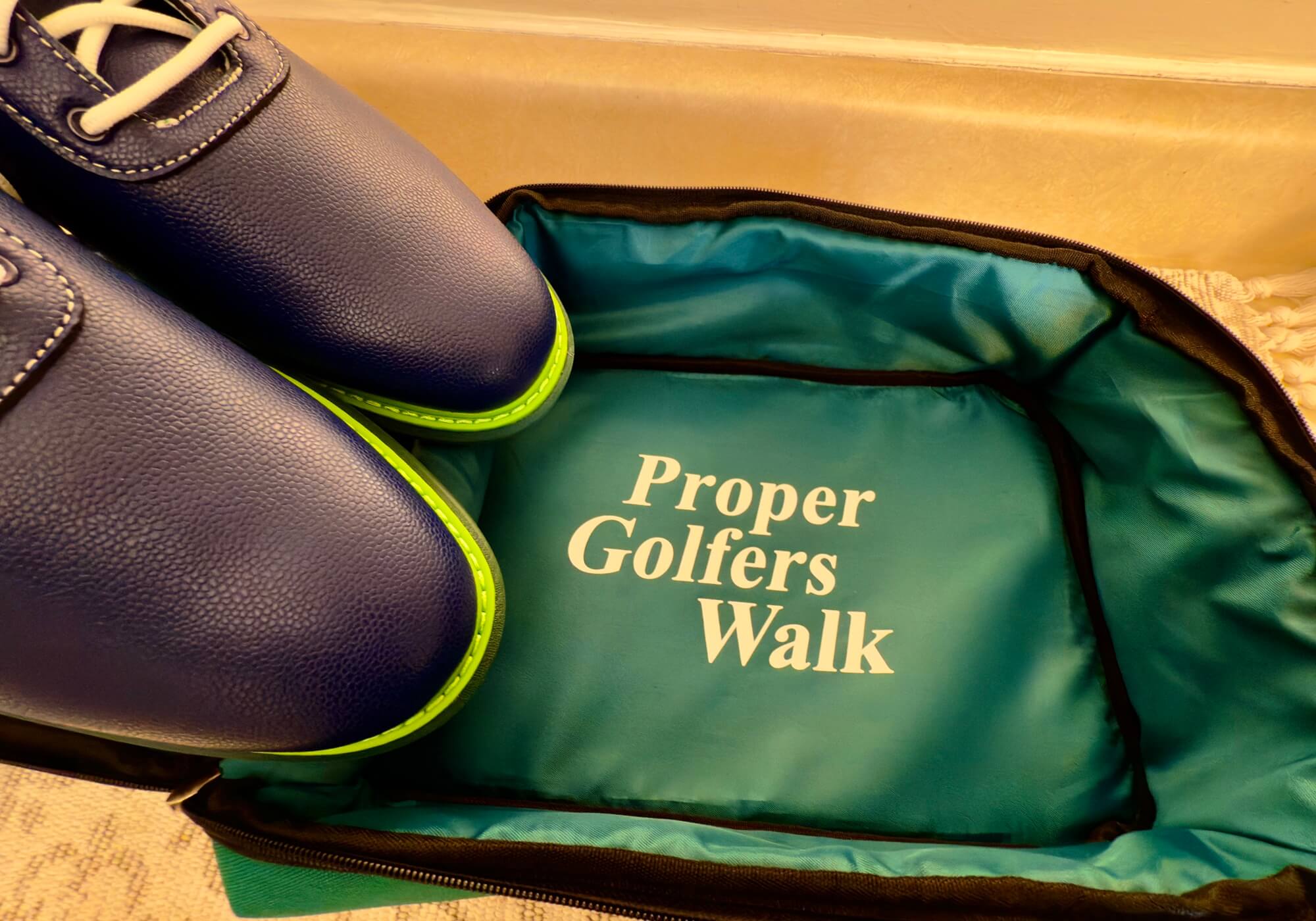

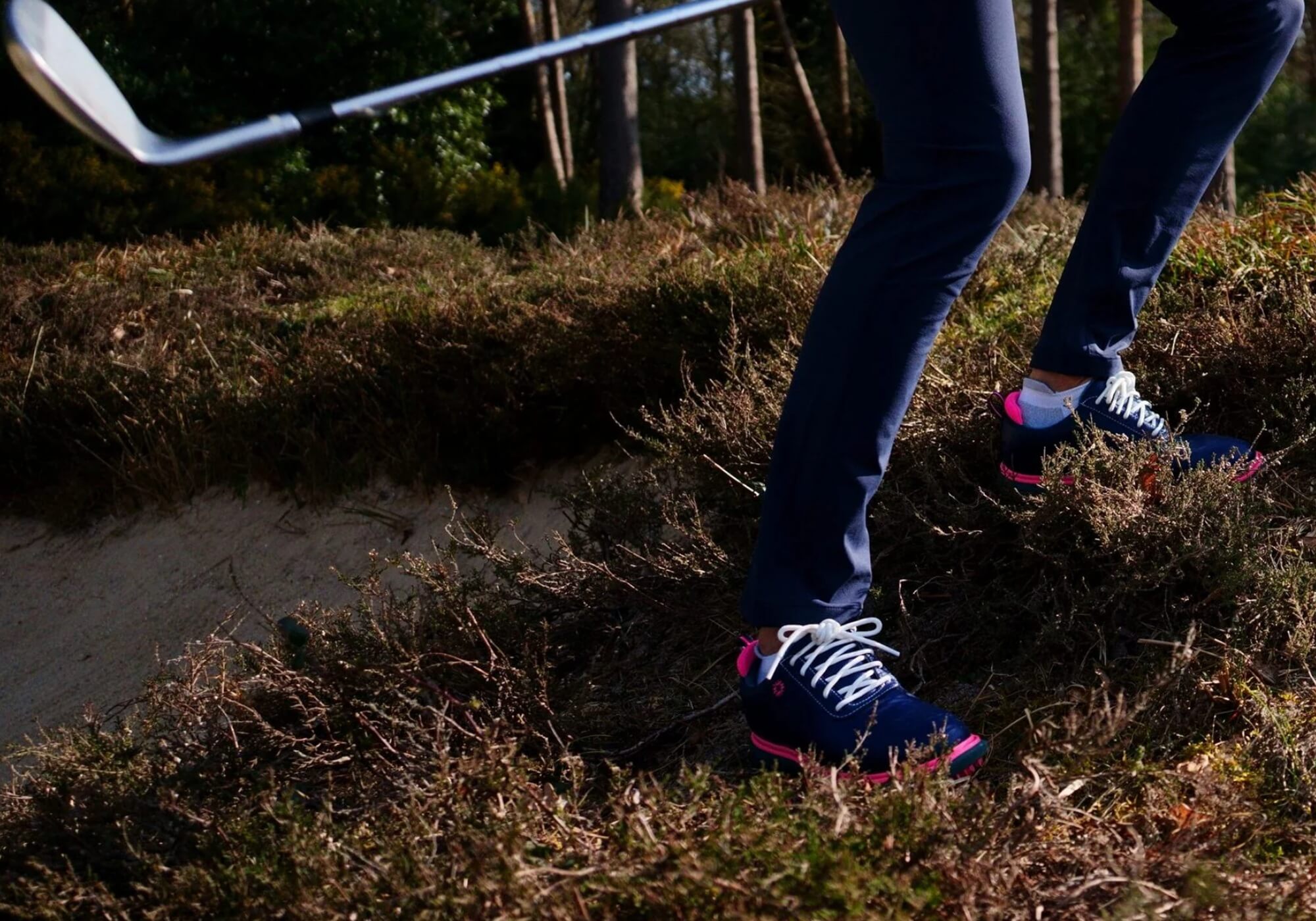

Is Your Golf Glove Hurting Your Swing? Three Things To Check Right Now
Most golfers know that a glove should feel right but what does that actually mean? Is “comfortable” enough or could your glove be the reason your swing feels inconsistent?
To get answers, we talked with Tyler Nguyen, founder of forelinksgolf, who has spent years developing gloves that balance tour-level feel with durability. His philosophy is simple: a glove should fit like a second skin, with no extra material in the palm and no looseness at the fingertips. If a glove slips or slides, you can’t fully trust your swing.
With that in mind, we took a deep dive into glove fit, sizing, and the most common issues that show up when players wear the wrong glove.
The importance of proper golf glove fit
A properly fitting golf glove is more than just the most comfortable one. A glove that molds to your hand, evenly distributes pressure, locks the club in place and allows you to swing freely is what you are ultimately looking for. On the other hand, an ill-fitting glove forces compensation, whether it’s over-gripping, restricted movement or a loss of feel.
Three swing faults caused by the wrong glove fit
Your hands are the only connection to the club, so even a minor issue with glove fit has a big ripple effect on the swing. Too much room forces tension, too little room creates restriction and either way you lose the natural feel that good golf depends on.



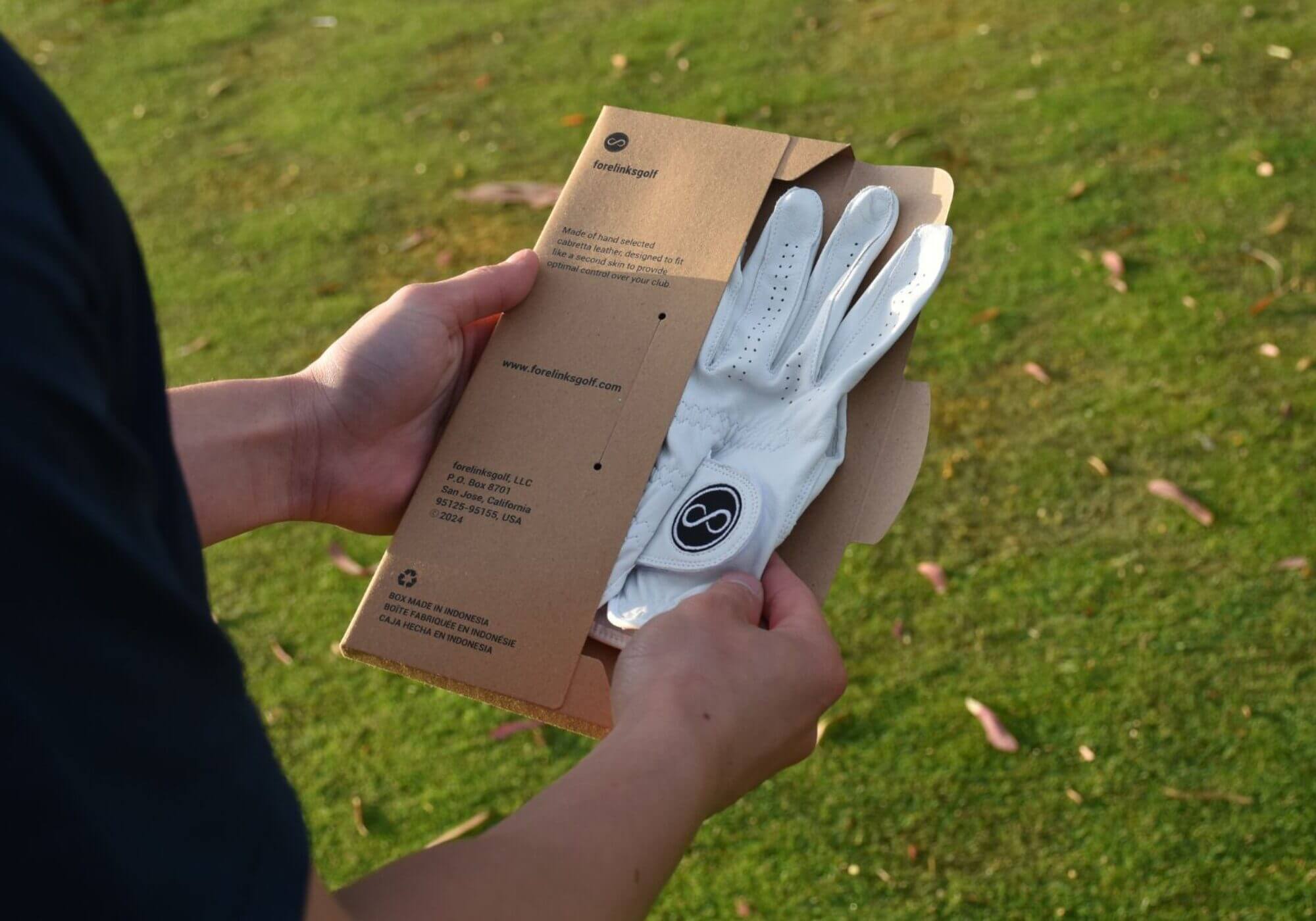
Titleist Tour Soft Performance Review
Golf ball rankings (longest, spiniest, softest, etc.) are helpful but they don’t always tell you the whole story. Sometimes you need a deep dive into a single model to understand what it really does. That’s what we’ve done here with the Titleist Tour Soft. Using MyGolfSpy’s 2025 Ball Test presented by UNRL, we broke down how it performed with the driver, irons and wedges to give you the insights you need to decide if it belongs in your bag.
What is the Titleist Tour Soft?
The Titleist Tour Soft is part of the brand’s 2025 ionomer lineup, positioned as a soft-feeling distance ball below the Pro V1 family. Despite its name, it measured 88 compression on MyGolfSpy’s gauge, similar in firmness to a Pro V1.
It’s a two-piece design with:
A large core for speedA thin ionomer cover for durabilityA 342 cuboctahedron dimple pattern to promote stable flightTitleist markets it as a blend of soft feel, long distance and playable short-game control. The test data shows where those claims hold up and where the ball still lags behind urethane.
Driver performance
The Tour Soft turned out to be one of the strongest ionomer performers off the tee in the 2025 test, showing that a lower-cost construction can still hold its own for speed and distance.

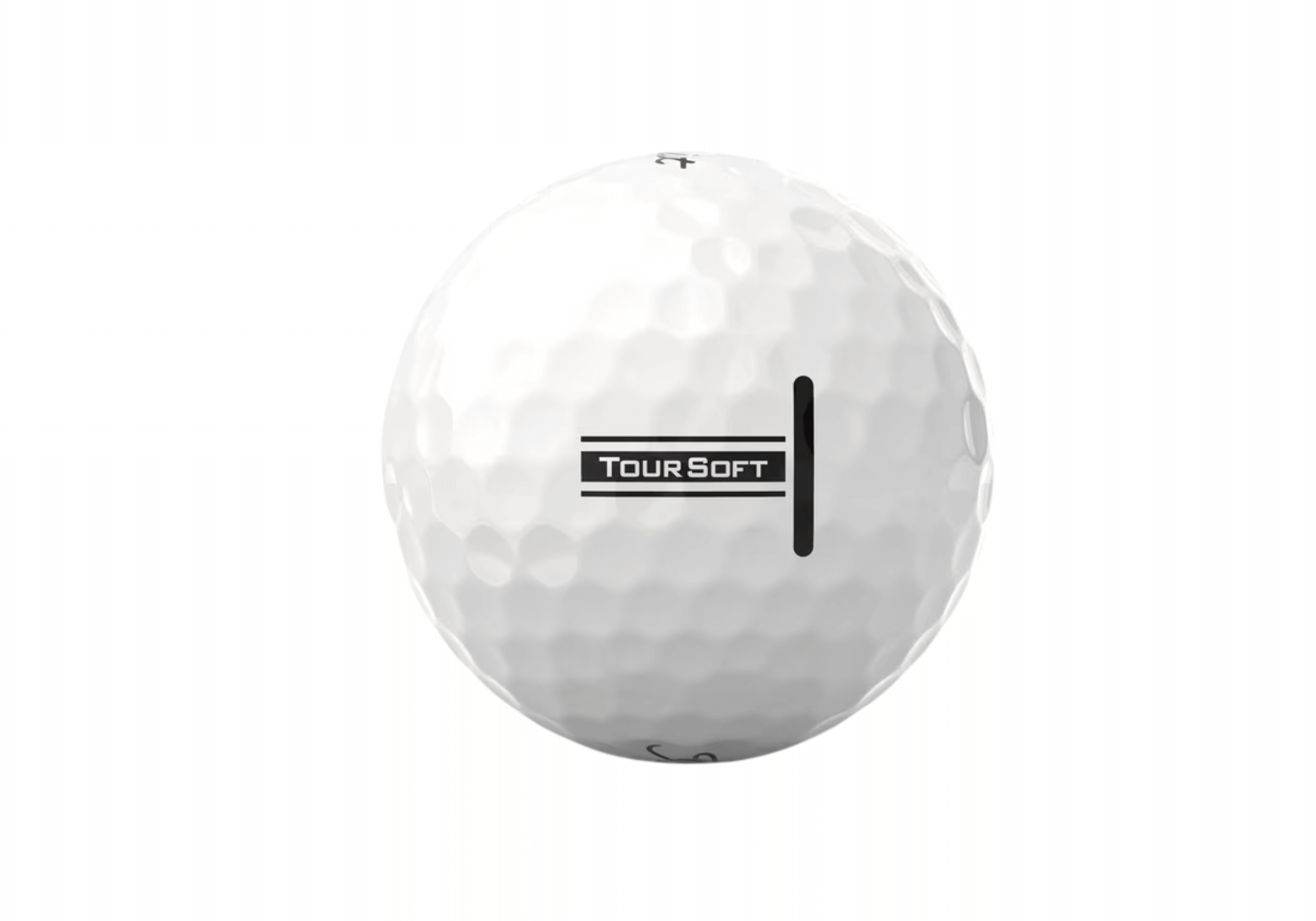








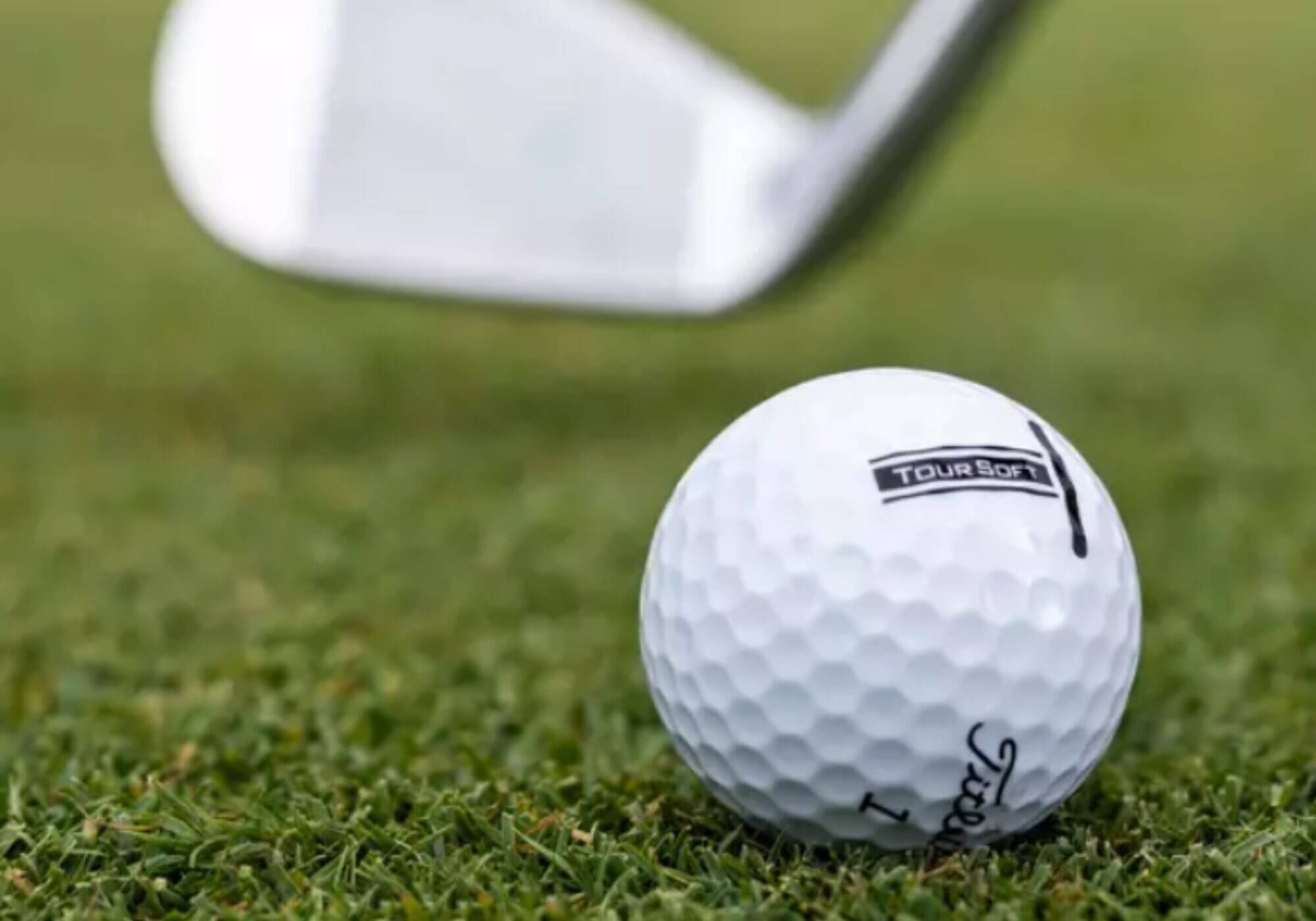
Will American Money Talk Come Back To Haunt U.S. Team?
The 45th Ryder Cup is underway this morning at Bethpage Black.
The buildup to this match has been tremendous, further cementing the Ryder Cup’s standing as golf’s grandest spectacle.
A lot of questions will be answered in the coming days.
Can a road team finally win on foreign soil? The Ryder Cup has been dominated by the home side as eight of the last nine hosts have defended their turf. Will the New York crowd be over-the-top obnoxious or more subdued than anticipated because of historically high ticket prices? In the showmanship battle between Bryson DeChambeau and Rory McIlroy, who will come out ahead?While we all wait to find out the outcome to these questions—some of which we’ve been asking for multiple years now—I have another question that has been stuck in my mind all week.
Is the American team going to regret their decision to ask for extra money?
Penalty For Hitting The Wrong Ball In Golf: Know The Rule, Save Strokes
Hitting the wrong ball isn’t just embarrassing—it’s expensive.
In stroke play, you get slapped with a two-stroke penalty the moment your club makes contact with someone else’s ball.
But here’s the kicker: those penalty strokes are just the beginning of your problems.
You must also correct the mistake by finding and playing your actual ball. If your original ball is lost while you were busy whacking someone else’s Callaway, you’re looking at a stroke-and-distance penalty on top of the two-stroke penalty you incurred for hitting the wrong ball.
The process is straightforward:

At the Ryder Cup, this Tour Truck is a 1-stop shop | Tour Report
At this week's Ryder Cup, just one Tour truck was present to service the 24 players in the field. Here's why it was True Temper.
The post At the Ryder Cup, this Tour Truck is a 1-stop shop | Tour Report appeared first on Golf.

